Select an Orthopaedic Specialty and Learn More
Use our specialty filter and search function to find information about specific orthopaedic conditions, treatments, anatomy, and more, quickly and easily.
GET THE HURT! APP FOR FREE INJURY ADVICE IN MINUTES
Shoreline Orthopaedics and the HURT! app have partnered to give you virtual access to a network of orthopaedic specialists, ready to offer guidance for injuries and ongoing bone or joint problems, 24/7/365.
Browse Specialties
-
- Foot & Ankle
- Sports Medicine
Achilles Tendon Rupture
An Achilles tendon rupture is a complete or partial tear that occurs when the Achilles tendon is stretched beyond its capacity. Forceful jumping or pivoting, or sudden accelerations of running, can overstretch the tendon and cause a tear. An injury to the tendon can also result from falling or tripping.
More Info -
- Minimally Invasive Surgery (Arthroscopy)
Arthroscopy (Minimally Invasive Surgery)
Arthroscopy is a minimally invasive surgical procedure used by orthopaedic surgeons to visualize, diagnose, and treat problems inside the joint. Because it requires only tiny incisions, arthroscopy can be performed without a major, invasive operation and many procedures can be done on an outpatient basis.
More Info -
- Arthritis
- Hand & Wrist
- Joint Disorders
Hand & Wrist Arthritis
There are many small joints in the hand and wrist that work together to produce the fine motion necessary to perform detailed tasks such as threading a needle or tying a shoelace. When one or more of these joints is affected by arthritis, even simple activities can become difficult. Although there are many types of arthritis, most fall into one of two major categories: osteoarthritis and rheumatoid arthritis, or RA.
More Info -
- Joint Disorders
- Knee
Knee Osteonecrosis
Osteonecrosis, which literally means “bone death,” is a painful condition that develops when a segment of bone loses its blood supply and begins to die. Osteonecrosis of the knee most often occurs in the knobby portion of the thighbone, on the inside of the knee (medial femoral condyle). It may also occur on the outside of the knee (lateral femoral condyle) or on the flat top of the lower leg bone (tibial plateau).
More Info -
- Neck and Back (Spine)
- Pediatric Injuries
- Physical Medicine & Rehabilitation (PM&R)
Kyphosis (Roundback) of the Spine
The term kyphosis is used to describe the spinal curve that results in an abnormally rounded back. Although some degree of rounded curvature of the spine is normal, a kyphotic curve that is more than 50° is considered abnormal. There are several types and causes of kyphosis: postural kyphosis, Scheuermann’s kyphosis, and congenital kyphosis.
More Info -
- Foot & Ankle
- Hand & Wrist
- Sports Medicine
Nerve Injuries
Injury to a nerve can stop signals to and from the brain, resulting in a loss of feeling in the injured area and causing the muscles to stop working properly. Nerves are fragile and can be damaged by pressure, stretching, or cutting.
More Info -
- Foot & Ankle
- Pediatric Injuries
- Sports Medicine
Sever’s Disease
Sever’s disease (also known as osteochondrosis or apophysitis) is an inflammatory condition of the growth plate in the heel bone (calcaneus). One of most common causes of heel pain in children, Sever’s Disease often occurs during adolescence when children hit a growth spurt.
More Info -
- Fractures, Sprains & Strains
- Hand & Wrist
Wrist, Distal Radius Fracture
A broken wrist, or distal radius fracture, is a common fracture that can occur even in healthy bone if the force of trauma is severe enough. This break often happens as a person lands on an outstretched hand when trying to break a fall. Automobile, biking, skiing and other similar accidents are also frequently causes.
More Info

